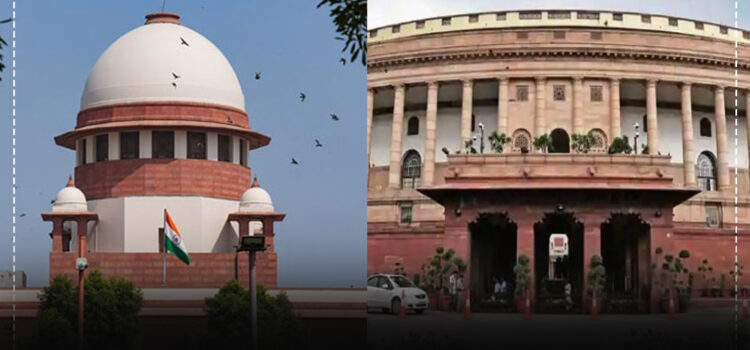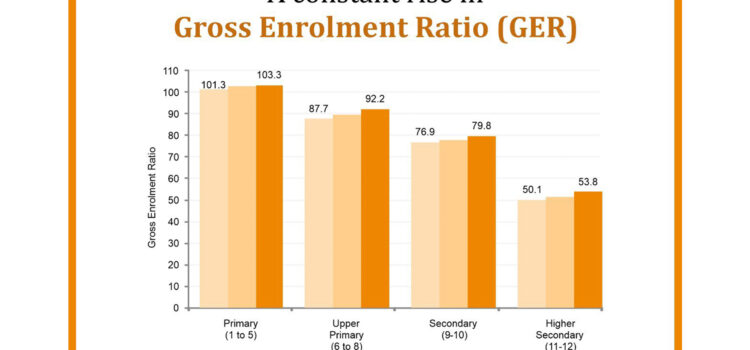For far too long, the narrative surrounding physical disability has been one of limitation. Images of struggle and dependence often overshadow the immense potential and unwavering determination that resides within this remarkable community. However, a powerful shift is underway. Physically disabled individuals are not only defying expectations, they are rewriting the very definition of achievement. This article celebrates their remarkable journeys, showcasing how they are shattering barriers and claiming their rightful place on the podium of human triumph.
Beyond Limitations of Physically Disabled: A Celebration of Ability
The human spirit is an extraordinary force, capable of pushing past boundaries and defying limitations. For physically disabled individuals, this indomitable spirit takes on a particular significance. It fuels their relentless pursuit of self-improvement, transforming challenges into stepping stones on the path to greatness.
Consider the awe-inspiring story of Sheetal Devi. In 2023, this remarkable athlete stood on the world stage at the World Archery Para Championships, not as a participant, but as a champion. Her unwavering focus and unwavering dedication culminated in a well-deserved silver medal in the open women’s compound archery event. Sheetal’s story is a testament to the fact that physical limitations cannot extinguish the burning desire to excel.
Deepa Malik serves as another beacon of inspiration. This pioneering Indian athlete defied the odds, clinching a silver medal in the shot put event at the 2016 Summer Paralympics in Rio de Janeiro. Deepa’s journey is particularly remarkable considering she suffers from paraplegia, a condition that confines her to a wheelchair. Yet, her determination to compete and excel transcended physical limitations, etching her name in the annals of Paralympic history.
These are just two examples of the countless physically disabled individuals who are shattering preconceptions and redefining what it means to be successful. From athletes like Malik and Devi to artists, scientists, entrepreneurs, and countless others, the physically disabled community is brimming with talent and ambition.
Breaking Down the Walls: Overcoming Obstacles
The path to achievement for physically disabled individuals is rarely smooth. Societal barriers, often rooted in outdated perceptions, can create significant hurdles. Inaccessible infrastructure, discriminatory attitudes, and a lack of support systems can all hinder their progress.
However, the tide is turning. Advocacy efforts are raising awareness and dismantling discriminatory practices. Governments and organizations are increasingly recognizing the need for inclusive infrastructure and support mechanisms. Technological advancements are also playing a crucial role, with assistive devices and software empowering individuals to overcome physical limitations.
The story of Ethan Hervet exemplifies the transformative power of technology. Diagnosed with cerebral palsy at a young age, Ethan faced immense challenges in communicating effectively. However, the advent of speech-generating technology provided him with a voice. Today, Ethan is a renowned astrophysicist, his passion for the cosmos fueled by a combination of his unwavering spirit and the power of technology.
These examples of physically disabled showcase the positive impact of ongoing efforts to dismantle barriers and create a more inclusive environment. When societal structures support and empower individuals with disabilities, their potential can truly flourish.
Carving a New Path: Redefining Success
The concept of success is often defined by conventional standards, neglecting the unique journeys and accomplishments of individuals with disabilities. It’s time to redefine success, moving away from a one-size-fits-all approach and celebrating the remarkable achievements that take place within the physically disabled community.
For some, success may lie in mastering a new skill, overcoming a personal challenge, or simply living life with independence and dignity. Every hurdle overcome, every milestone achieved, deserves recognition and applause.
The story of Jessica Long is a powerful example of redefining success. Born without fibulas (lower leg bones), Jessica underwent multiple amputations as a child. However, her spirit remained unbroken. Today, she is the most decorated Paralympic athlete in swimming history, boasting a staggering 23 gold medals. Jessica’s story not only celebrates her athletic prowess but also redefines success, showcasing the power of resilience and determination.
By recognizing and celebrating the diverse accomplishments of physically disabled individuals, we create a more inclusive definition of success, one that inspires everyone to reach their full potential.
A Call to Action: Building a More Inclusive World
The stories of triumph highlighted in this article serve as a powerful call to action. We must work collectively to dismantle the barriers that continue to prevent physically disabled individuals from reaching their full potential. This requires a multifaceted approach:
- Advocacy:Continued efforts are needed to raise awareness about the challenges faced by the physically disabled community. Advocacy campaigns can push for policy changes that promote inclusivity and equal opportunities.
- Accessibility:Ensuring physical spaces are accessible is crucial. This includes ramps, elevators, and accessible restrooms in buildings, as well as modifications to public transportation.
- Attitudinal Shift:Dismantling discriminatory attitudes is equally important. Educational programs and awareness campaigns can play a vital role in fostering empathy and understanding.
- Investment in Technology:Continued investment in assistive technologies is essential. From speech-generating devices to specialized software, technology has the power to empower individuals with disabilities and unlock their potential.
- Celebrating Achievements:Recognizing and celebrating the accomplishments of physically disabled individuals is critical. This can be done through awards programs, media representation, and community events. It not only inspires others but also fosters a sense of belonging and pride within the community.
A Future Filled with Possibility
The stories in this article offer a glimpse into a future brimming with possibility. A future where physical limitations no longer dictate life’s trajectory. A future where the unwavering spirit and exceptional abilities of physically disabled individuals are celebrated and nurtured. It is a future we can all help create by working together to dismantle barriers, foster inclusion, and redefine success.
This journey towards a more inclusive world requires the combined efforts of individuals, communities, governments, and organizations. By embracing diversity, promoting accessibility, and celebrating the triumphs of the human spirit, we can create a world where everyone, regardless of ability, has the opportunity to thrive. Let us move forward, inspired by the remarkable stories of those who shatter barriers and redefine what it means to be successful. Let us create a world where the potential of every individual, with or without a disability, can truly flourish.
“My limitations are a part of me, like my eyes are a part of me. I don’t let my limitations define me.” – Wilma Rudolph (American athlete who overcame polio to win three gold medals at the 1960 Summer Olympics)
Scientist Stephen Hawking (2018): “While there may be limits to what the body can achieve, there are no limits to the mind.” (from Hawking’s book Brief Answers to Big Questions)
“We become not by isolating ourselves, but by throwing ourselves into the arena of life.” – Helen Keller (American author, political activist, and lecturer who overcame blindness and deafness)
Author: Ashok Kumar Mittal, a distinguished Member of Parliament in India’s Upper House (Rajya Sabha), stands as a prominent figure bridging legislative governance and transformative education. His remarkable journey is characterized by a steadfast commitment to ethical principles and a visionary approach that has positively influenced numerous lives. Notably, Dr. Mittal serves as the esteemed Founder Chancellor at Lovely Professional University, a testament to his enduring dedication to societal improvement.
Dr. Mittal, a law graduate from Guru Nanak Dev University, further solidifies his academic prowess with an honorary Doctorate from Atal Bihari Vajpayee University (ABVU), Chhattisgarh. Beyond the realm of political power, his impact extends beyond enacted policies to the tangible difference he has made in the lives of countless individuals. Dr. Mittal’s leadership philosophy, deeply rooted in ethical principles, permeates every facet of his work, emphasizing that true leadership goes beyond mere position, focusing on creating a positive and enduring impact on society.








